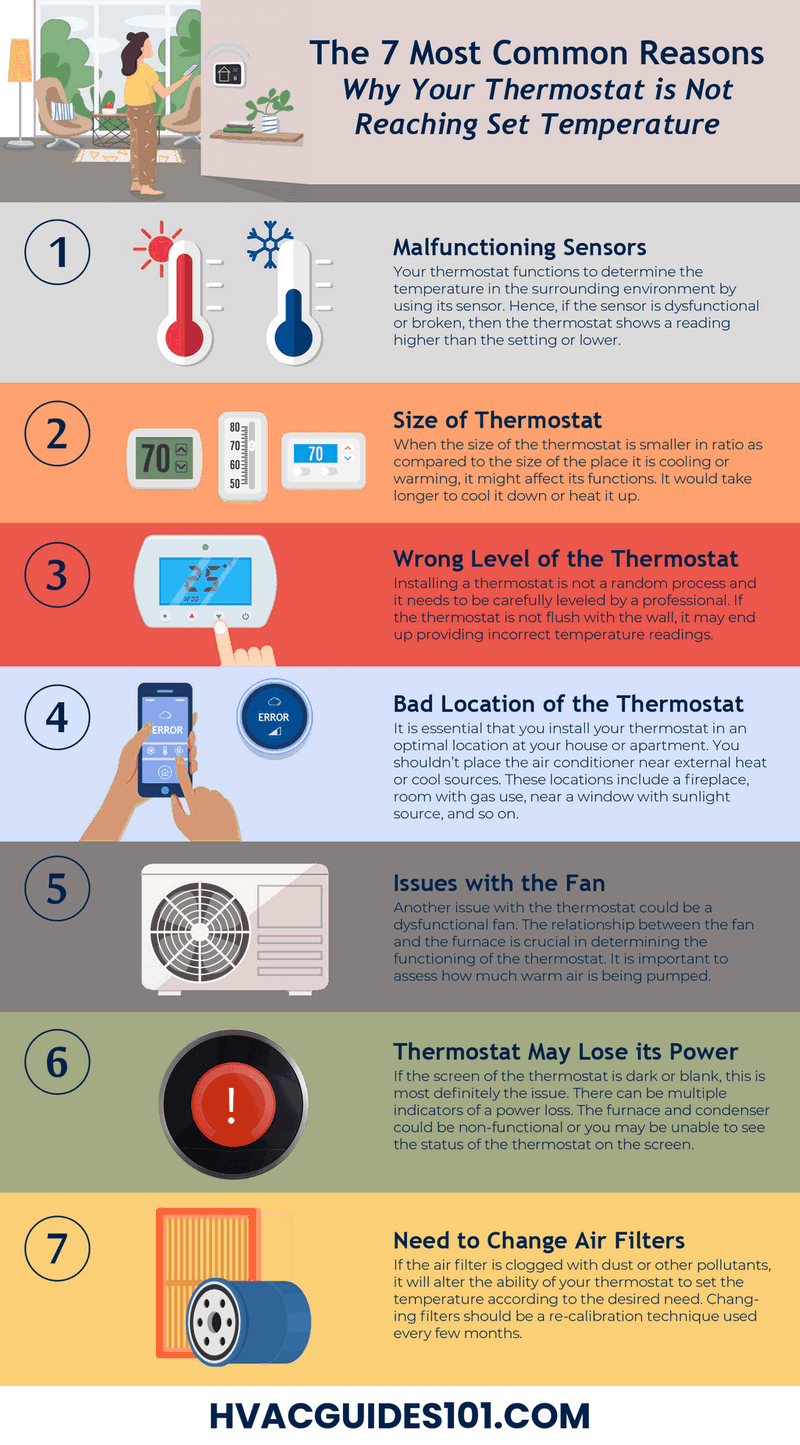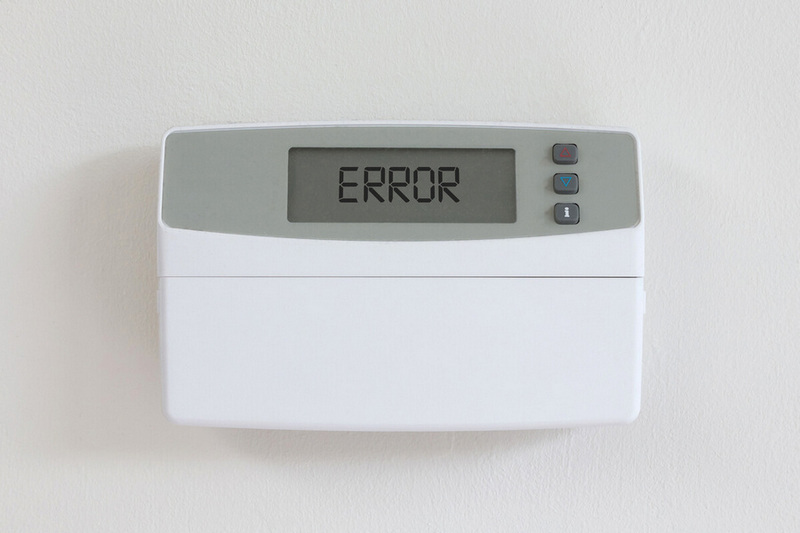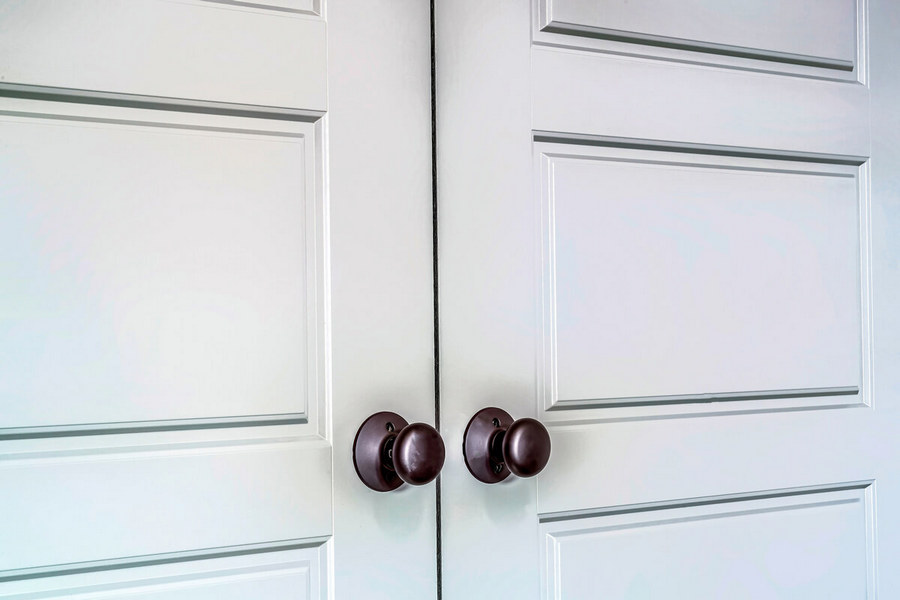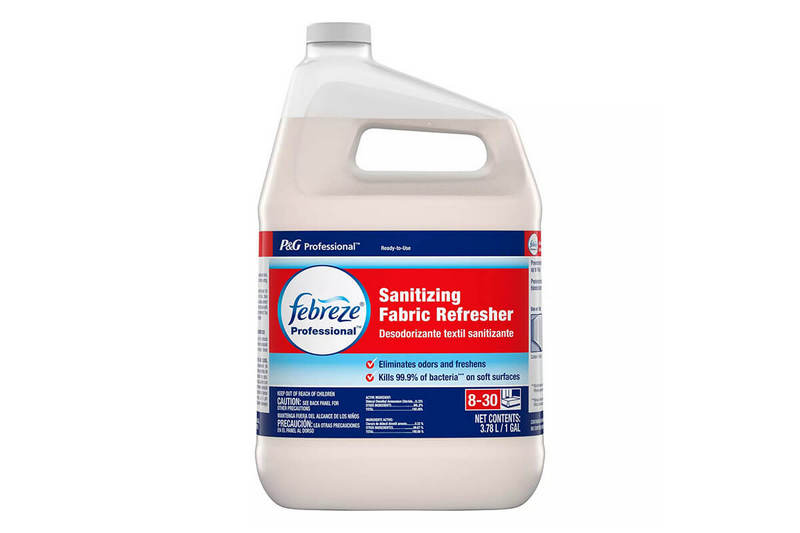Are you finding it hard to relax at home due to undesirable temperatures? Whether it’s freezing cold or scorching hot outside, home is where the perfect temperature is.
Imagine coming home from a tiring day and finding yourself shivering from the biting cold or sweating from the heat. You take a look at the thermostat and set it to your preferred temperature, but it doesn’t stay there! When the desired room temperature doesn’t match the thermostat setting, it can be frustrating and uncomfortable.
By the time you figure out the problem, you may have already caught a cold or melted from the heat. Hence, we have come up with some possible explanations as to why your thermostat isn’t reaching the set temperature and quick fixes to ensure a comfortable home environment.

Malfunctioning Sensors
One of the common reasons why your room temperature doesn’t match your thermostat setting is a faulty temperature sensor. Your thermostat functions to determine the temperature in the surrounding environment by using its sensor. Hence, if the sensor is dysfunctional or broken, then the thermostat shows a reading higher than the setting or lower.
What to do: Thermostat sensors are not fixed easily. Instead, they need to be changed by a professional. First of all, you need to shift your thermostat from the “auto” mode to the “manual” mode. After doing this, contact an HVAC professional to take a look at the thermostat if it needs fixing or replacing.
Performance-related replacement is a tricky process that requires manual assistance and hence, needs professional advice.
READ NEXT: Best Non-Programmable Thermostats
Size of Thermostat
Another reason why the thermostat is causing fluctuating temperatures is the size of the thermostat with respect to the size of the house or the room.
When the size of the thermostat is smaller in ratio as compared to the size of the place it is cooling or warming, it might affect its functions. It would take longer to cool it down or heat it up.
If the thermostat is not designed to cover the designated area, it will not be able to work properly. The temperature would never reach its set point in the entire area.
What to do: In order to fix this, get a thermostat ideal for your house or room. A thermostat designed to cover your desired area would be better in functioning.
If you are unaware of the size ratios, ask a professional technician to take a look. They would know what size is best according to the dimensions of your space and the issue will be resolved.
Wrong Level of the Thermostat
Installing a thermostat is not a random process and it needs to be carefully leveled by a professional. If the thermostat is not flush with the wall, it may end up providing incorrect temperature readings.
It is a prevalent cause especially if the thermostat is mechanical. The thermostat could be improperly mounted over the wall or the wall itself could be uneven in foundations.
It leads to an imbalance in the pin connection between the thermostat and the backplate. Eventually, the thermostat fails to detect the actual temperature of the room or set it accordingly.
What to do: There is an easy solution to this problem which is to rearrange the backplate of the thermostat.
To do that, at first remove the faceplate and break out the level. Then, take out the screws that are mounting the backplate to the wall. Now, place the backplate so that it is squared. Finally, reattach the faceplate and test the device.

Bad Location of the Thermostat
It is essential that you install your thermostat in an optimal location at your house or apartment. You shouldn’t place the device near external heat or cool sources. These locations include a fireplace, a room with gas use, near a window with a sunlight source, and so on.
For example, if you install it near the kitchen with heat sources from cooking, the sensors in the thermostat would provide higher readings than the actual temperature. If it is installed near an exterior door, it may detect lower readings.
What to do: In order to ensure that the thermostat detects the correct temperature of the place, install it in a central location. The thermostat should be placed in an ideal location where additional sources of heating and cooling are not around. You may contact the HVAC professional to assess the perfect location of your thermostat.
Issues with the Fan
Sometimes when the room temperature doesn’t match the thermostat setting, the issue could be a dysfunctional fan. The relationship between the fan and the furnace is crucial in determining the functioning of the thermostat. It is important to assess how much warm air is being pumped.
What to do: This one is an easy fix and easy to determine if it is the case. What you have to do is switch off the furnace and wait a while.
After two minutes, switch off the fan as well. If you do not turn off the fan after switching off the furnace, it will keep pumping cool air and the thermostat would be thrown off balance. If there is a problem with the fan, this troubleshoot should fix it right away.
Thermostat May Lose Its Power
One of the possible reasons for the room temperature not reaching the thermostat setting is the loss of power. If the screen of the thermostat is dark or blank, this is most definitely the issue.
There can be multiple indicators of a power loss, such as the furnace and condenser being non-functional, or being unable to see the status of the thermostat on the screen.
What to do: Before contacting a professional, first check if the thermostat system and the furnace are receiving power. There are wires that connect your heater and thermostat with the electricity panel.
The first one is related to feeding the furnace, and the second one is concerned with generating electricity for external sources, such as the thermostat. You need to check if these lines are okay. If they are tripped, you will need to repair them.
A Clogged Air Filter in Your HVAC System
This may seem like an obvious cause of why your thermostat setting does not match your home’s temperature, but it is often overlooked.
Changing filters in your air conditioner or furnace should be a recalibration technique used every few months, especially if you have pets at home that shed fur or feathers, or if there is a higher degree of cold air return in a crowded area of the house.
If the air filter is clogged with dust or other pollutants, it will affect the ability of your thermostat to set the temperature according to your desired need.
What to do: The solution is simple and easy to do by yourself. Replace the used filters with new ones or clean them thoroughly using appropriate washing tools and let them dry before placing them back.
We have explored the multiple reasons why a thermostat isn’t reaching a set temperature. The quick fixes mentioned can guide you on how to solve the issue.







